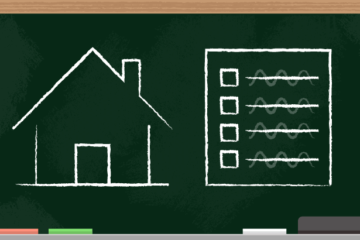Some Highlights
If you’re thinking of selling your house but don’t know what you should buy, you have options.
Existing homes offer a wide variety of home styles, an established neighborhood, and lived-in charm. Meanwhile, new home construction lets you create your perfect home, cash in on energy efficiency, and minimize repairs.
Whether you’re looking for newly built or existing homes, both have their perks. Connect with a real estate professional today to sell your house and find out what’s right for you.
The post Ready To Sell, but Don’t Know Where You’ll Go? [INFOGRAPHIC] appeared first on Keeping Current Matters.… Read More














